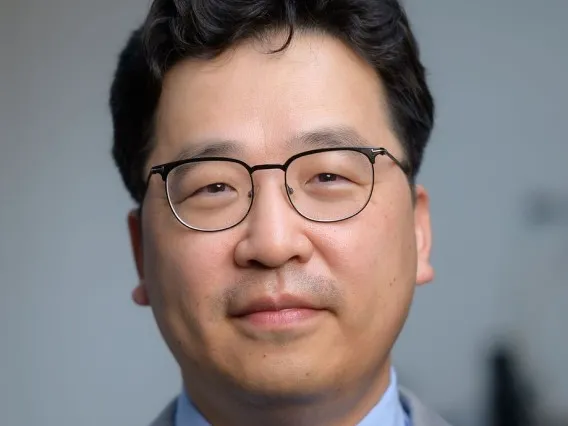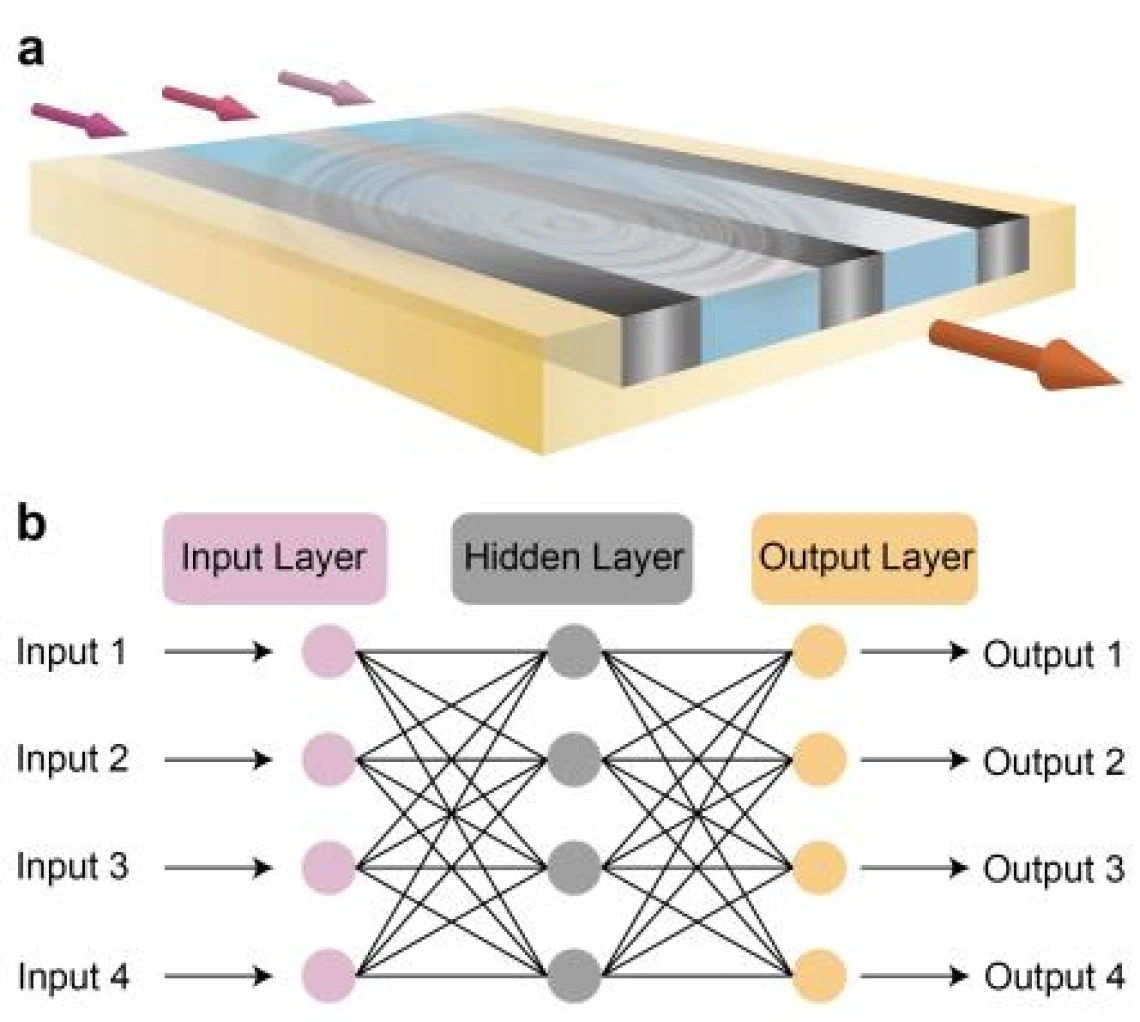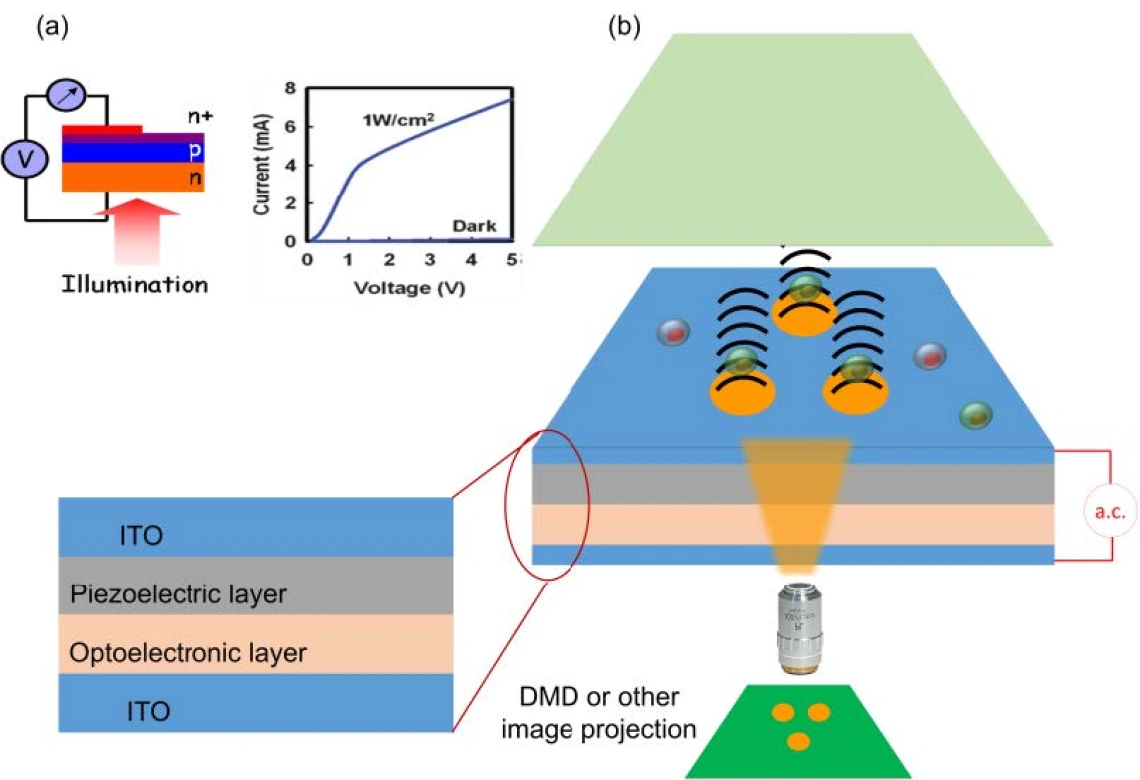NewFoS drives innovation through its seed research program for possibility-driven research. Our aim is to invest in promising new TA research directions, where seed-level support sprouts new ideas in underexplored TA application areas and ultimately defines new problem-driven research projects.
We explore opportunities in biomedical engineering and medical sciences to create possibilities for better diagnostics, precision and safer drug delivery, and the therapeutic effects of sound. The seed program serves as a mechanism to dynamically evolve the NewFoS research portfolio for maximal societal impacts.
2023-2024 Possibility-driven project:
Topological Biological Signals
MPI: Minkyu Kim (University of Arizona) and Xiaoyun Ding (University of Colorado, Bolder).
Prolonged exposure to noise is a major environment-related cause of ill health, including cardiovascular diseases. Exposure to sound has also therapeutic virtues. The therapeutic and ill-health effects of sound on biological processes are essentially unknown or speculative. This seed project is investigating the effect of sound irradiation on intercellular Ca2+ signals in tissues composed of endothelial cells with an emphasis on time reversal and parity symmetry breaking. Ca2+ is a universal messenger and mediates dynamics in cell functions.
Meet the team

Minkyu Kim

Xiaoyun Ding

I-Ting (Andy) Ho

Melody Kosters

Sen Gao

Young Hyun Noh
Video: Calcium Wave Propagation from Mechanical Stimulation
2024-2025 Possibility-driven projects:
- Implementing Neuromorphic Protocol Using Phi-bits Data.
PI: Xiaodong Yan, Assistant Professor, Department of Materials Science and Engineering, University of Arizona.

a) Phi-bit-based neural networks (PBNNs), b) A mathematical neural network, including input/hidden/output layers, the connections between each layer, illustrating the data flow and processing.
Meet the team

Xiaodong Yan

Jinli Chen
- Image based optoacoustic tweezers for versatile manipulation and dynamic pattern of particles.
MPI: Xiaoyun Ding, University of Colorado Boulder, Yuebing Zheng, The University of Texas at Austin and Andrea Alù, The City College of New York.

(a) Photoconductivity comparison with and without light illumination. (b) schematic setup of the OAT system for dynamic manipulation and patterning of particles.
Meet the team

Xiaoyun Ding

Yuebing Zheng

